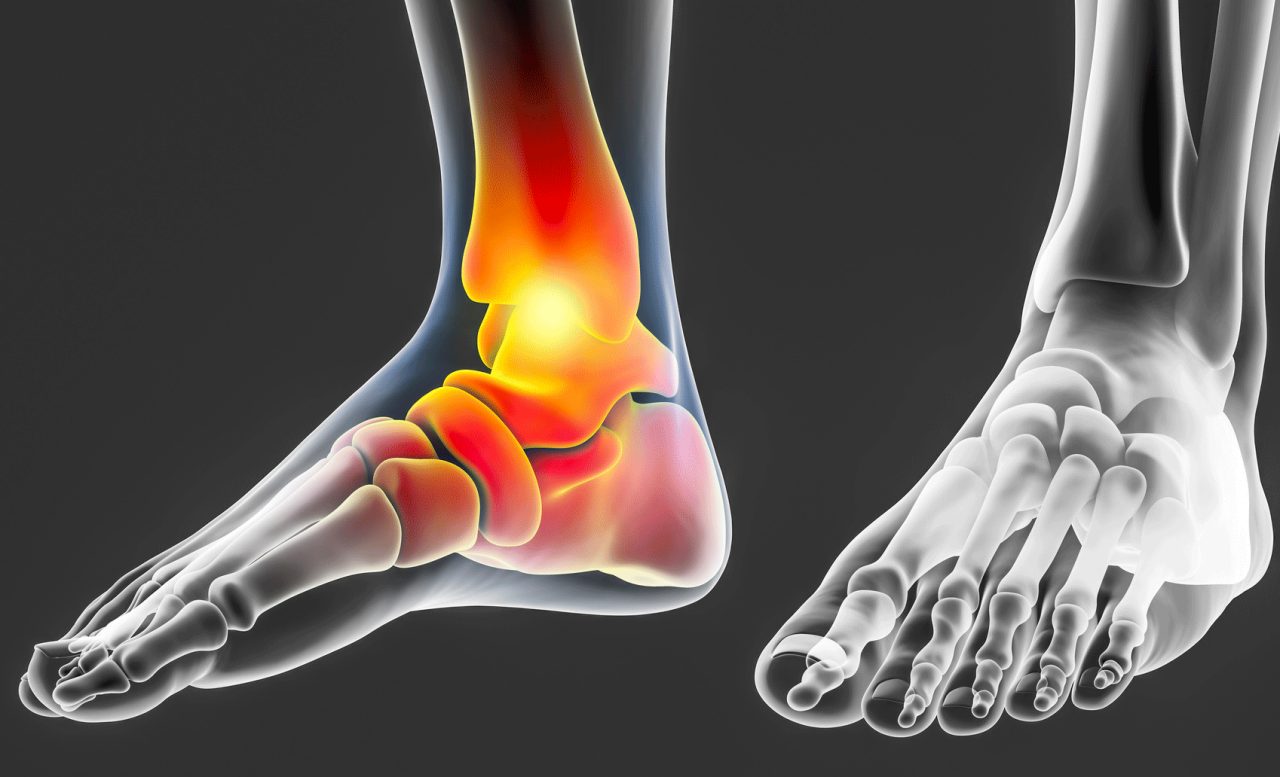Symptoms, Causes, Treatment, and Prevention of Tendonitis

Inflammation of the tendons is called tendonitis, caused by repetitive motions or injuries. It may last for a short time or become chronic. Here's what you should know.
Tendons are the thick cords of tissue that attach muscles to bones. Inflammation of the tendon is called tendonitis. It's not the same thing as arthritis, inflammation in a joint, although the pain can feel similar.
Repetitive motions or injuries cause tendonitis. It may last for only a short time or become chronic (long-term).
YOU MIGHT ALSO LIKE: Exercises for Hand Pain
Although tendonitis can affect any tendon in your body, it's most likely to happen in areas like the:
- Shoulder
- Elbow
- Wrist
- Base of the thumb
- Hips
- Knees
- Calves
- Heels
What are the symptoms of tendonitis?
The most common symptom is a dull, achy pain in the area where the tendon attaches to the bone. There may be some swelling, as well. Tendonitis pain tends to get worse when you move the affected area and improve when you rest.
What causes tendonitis?
Repetitive motions are the most common cause of tendonitis. Swinging a golf club or tennis racket is one way to develop this condition. An injury, such as Achilles tendon (when your calf muscle disconnects from your heel bone) can also cause tendon inflammation.
You're more likely to get tendonitis if you:
- Are 40 or older. Tendons become less flexible and more prone to injury with age.
- Have a job that requires repetitive motions. People who work in professions like landscaping or painting and repeat the same motions are at higher risk for tendonitis. The chance of having tendonitis is also higher in professional athletes. In fact, some forms of the condition are named after sports, such as tennis elbow and pitcher's shoulder.
- Have bad posture or don't use the correct form when playing sports. Increasing the intensity of an activity too quickly or using the wrong equipment can lead to tendonitis injuries.
- Take certain medications. Steroid drugs, aromatase inhibitors used to treat breast cancer, statins for high cholesterol, and fluoroquinolone antibiotics slightly increase your risk.
- Have a medical condition that weakened your muscles. Rheumatoid arthritis, osteoarthritis, gout, diabetes, and kidney disease all make you more likely to develop tendonitis.
How do you treat tendonitis?
You might not need any treatment. Symptoms often go away on their own with home care. While the tendon is inflamed, avoid the activity that caused the problem. Rest and ice the painful area.
To ease pain and swelling, try an over-the-counter pain reliever like aspirin, ibuprofen (Advil, Motrin), or naproxen sodium (Aleve). These medications come as pills, creams, gels, and patches.
If home care isn't enough to improve your symptoms, see an orthopedic specialist. You may need one or more of these treatments:
- Physical therapy (PT). A physical therapist can teach you exercises to strengthen the muscles that surround and support the affected tendon, while improving your range of motion. Physical therapists also use treatments such as ultrasound, soft tissue mobilization (using stretches to relax the muscles), heat, and cold to treat tendonitis.
- Steroids. A shot of corticosteroids into the affected joint should quickly bring down inflammation and relieve pain. You can't get these injections too often, though, because they can eventually weaken the tendon to the point where it tears.
- Surgery. Only as a last resort when medications and PT haven't improved symptoms enough, you might need a surgical procedure to repair the injured tendon.
How can I prevent tendonitis?
Repetitive motions are a main cause of tendonitis. If your job requires you to repeat the same motion, take breaks at least once every 30 minutes. See an occupational therapist (OT) for advice on fixing posture problems.
The OT can also teach you how to reach for things correctly, so you don't injure yourself. For example, you always want to place your body directly in front of the object you're picking up and grab it with both hands.
Warm up before you play sports. Make sure you always wear the right gear. And take frequent breaks from pitching and other repetitive motions.
Updated:
August 18, 2023
Reviewed By:
Janet O'Dell, RN